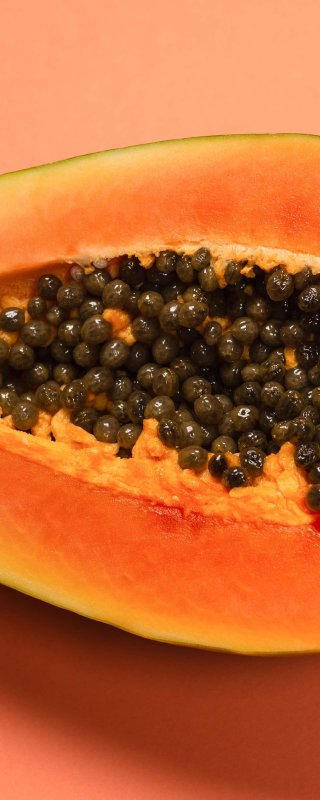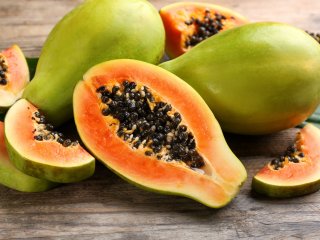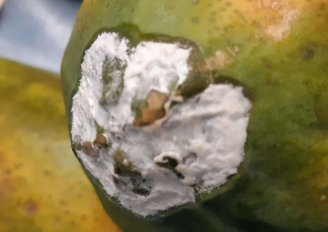
Papaya quality
Papaya quality depends on key factors: good starting quality at harvest, careful handling and transport, proper management of room temperature and humidity, and the type of packaging. These key factors establish fruits with high quality and free from disorders or rot.

Good quality papaya
Consumers looking for a good quality papaya pursue for vibrant, uniform color, typically yellow or orange, depending on the variety. A ripe papaya emits a sweet, fragrant aroma and should feel firm with a slight give when gently pressed, indicating the right level of ripeness. The skin should be free from blemishes or overly soft spots. Different papaya varieties cater to various preferences, whether enjoyed fresh, in salads, or as part of smoothies, providing a nutritious and flavorful experience.


